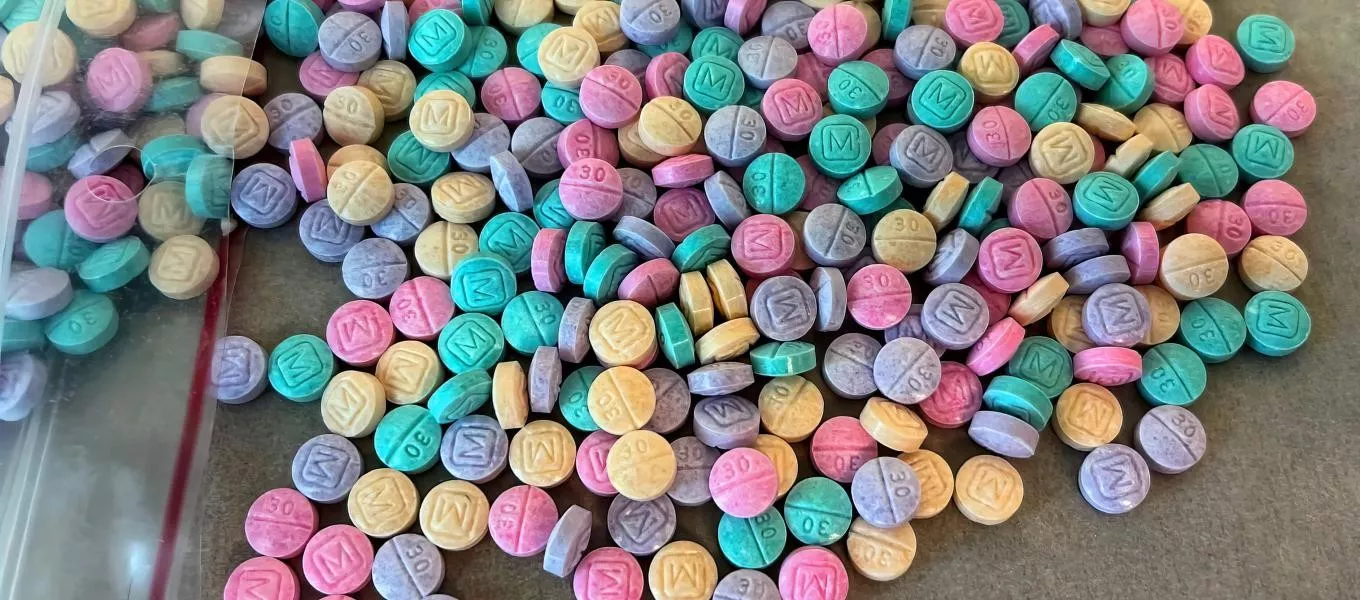What adults shouldn’t be afraid of on Halloween
It’s spooky time season! Time to pick out the kids’ Halloween costumes, stock up on the candy handouts, add your favorite horror movies to your streaming queues, and get paranoid about all the rainbow fentanyl and razor blades you’re going to find in your child’s Halloween haul.
Since 1958 there have only been 200 reports of people finding tainted candy, mostly deemed hoaxes or mistakes. Although there were two cases, in which no one was seriously injured, that was actually real.
In 1959, a California dentist named William Shyne handed out 450 laxative-laced candies to kids, 30 of whom fell sick. He was ultimately charged with “outrage of public decency” and “unlawful dispensing of drugs.”
Another high-profile case made headlines in 1964, when Helen Pfeil, a 47-year-old mother from Long Island, N.Y., feeling that some trick-or-treaters were too old for the holiday handed out treat bags containing arsenic-laced ant traps, metal mesh scrubbing pads, and dog biscuits. The ant traps were clearly marked “poison,” so they weren’t disguised as candy, and Pfeil said she told recipients of her treat bags that they were meant as a joke. She was later committed to a state hospital for mental observation.
Trick or truth?
Joel Best, a University of Delaware sociology and criminal justice professor has researched reports of Halloween candy tampering in the U.S. dating back to the 1950s.
“I couldn’t find a single report of a child killed or seriously injured from a contaminated treat received during trick-or-treating,” he said. “This is a contemporary legend, and that’s all it is.”
“The attempts to systematically follow up on all reports concluded that the vast majority were hoaxes,” Best said.
“Is it possible that someone maliciously passes out treats with the intent of harming children at random? Of course. But this raises the question why there usually aren’t multiple reports from the same area.”
Best said in some instances, kids tampered with their own candy to get attention, a friend or family member played a prank that went awry or a foreign object ended up in candy during the manufacturing process.
The university continues that research today and has labeled poison candy claims an “urban legend.”
Rainbow Fentanyl
On August. 30th, the U.S. Drug Enforcement Agency warned of a new danger to America’s kids: rainbow fentanyl. According to DEA Administrator Anne Milgram, the brightly colored fentanyl pills are “a deliberate effort by drug traffickers to drive addiction amongst kids and young adults.” Which led to Senate majority leader Chuck Schumer’s warning that colorful pills could be distributed to children on Halloween to get them hooked on opioids.
Breathless news reports now claim the reason for the bright hues of the pills is to make it look like candy, with the implication that they’re coming after your kids. Never mind the longstanding practice of pressing colorful and recognizable club drugs, which was always about marketing. This is what is going on with “rainbow fentanyl”. It’s about marketing.
The truth about the matter is no one is giving perfectly good drugs away to children for free, especially in a manner that could easily be traced back to their home.
Slipping drugs into Halloween candy to hook children on a product they don’t know where it came from, with no cash to buy more doesn’t make good business sense for a drug dealer that is in business to make money and stay out of prison.
The really scary thing about Halloween
A study published in JAMA Pediatrics analyzed data over a 42-year period in the U.S. and found a 43 percent higher risk of pedestrian deaths on Halloween night when compared with a week before and after.
Halloween brings more impaired drivers and pedestrians out onto the streets.
Stories of tainted candy make for great scary stories but maybe we need to make the real problem that’s happening on Halloween just as frightening.




